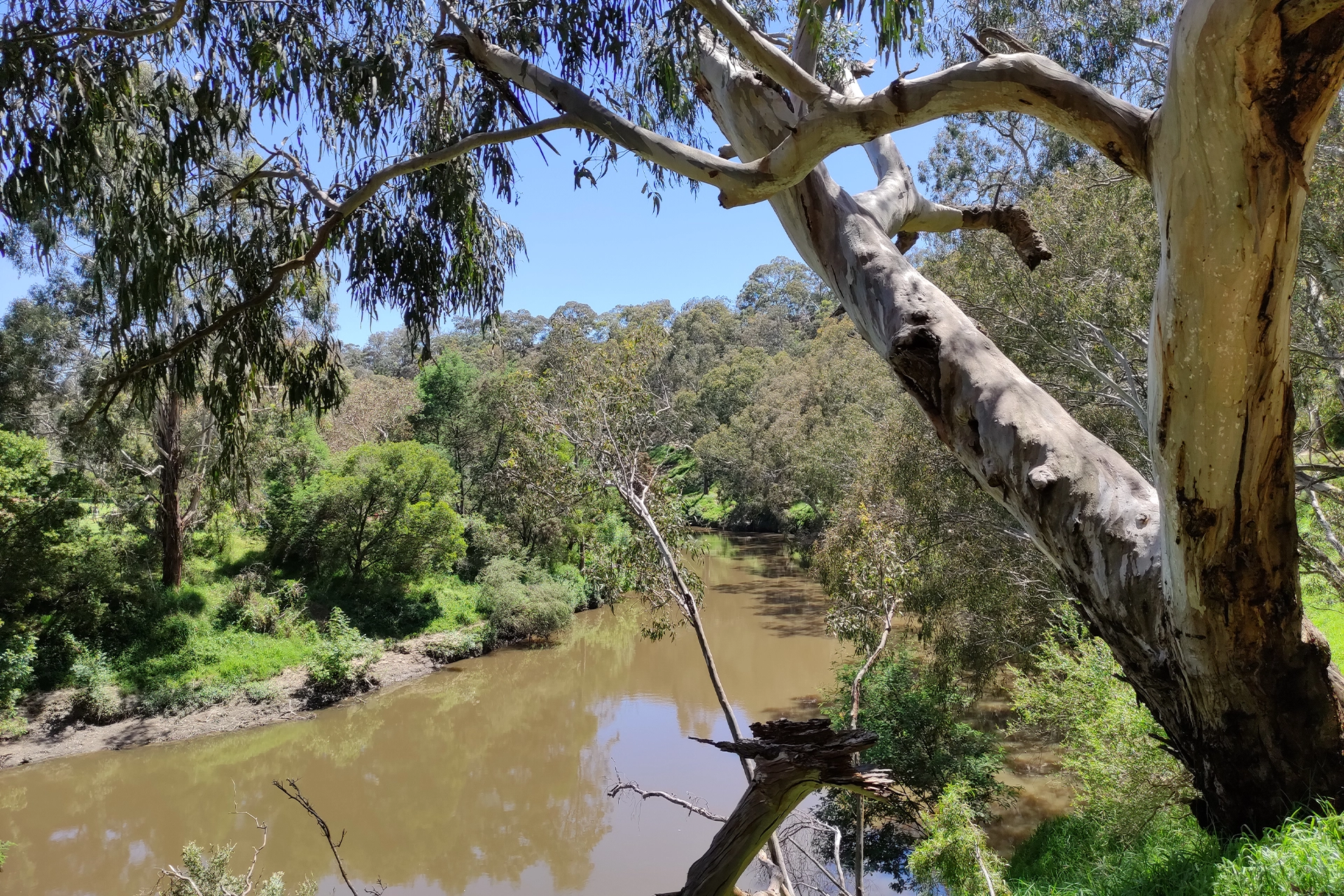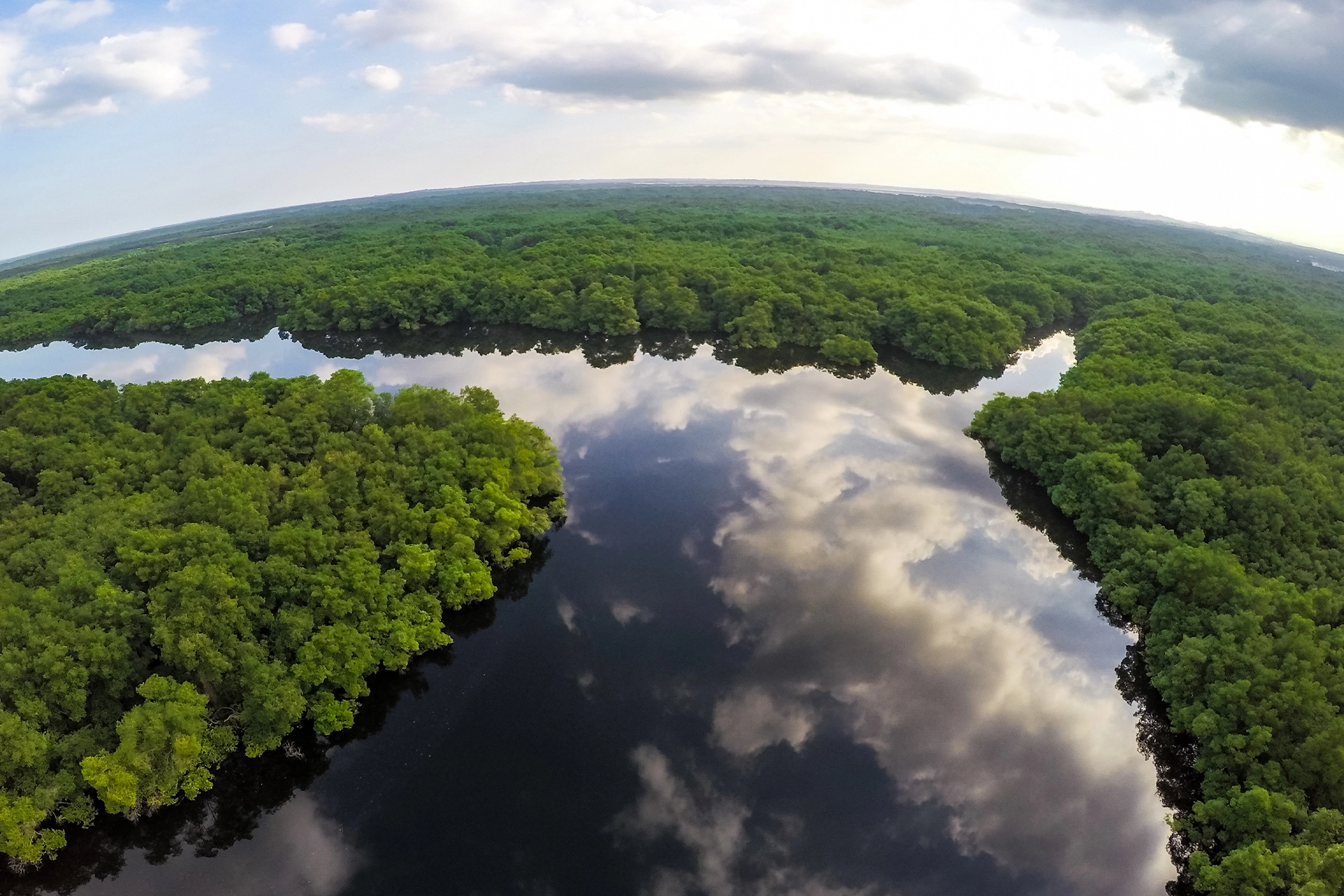Published on July 2, 2024
Sixteen years ago, Ecuador was the first country to recognise the rights of Nature in its constitution. Since then, the idea has transitioned from the fringes of environmental law to become a rapidly growing transnational movement.
Many countries are recognising Nature’s rights, in ways ranging from local laws and court cases through to constitutional reforms.

Here in Australia, in 2017 the Victorian government passed the Yarra River Protection (Wilip-gin Birrarung murron) Act, the first statute to recognise a river as a living entity. Victoria has now committed to new legislation recognising all waterways as living entities.
For policy makers, legislators, communities and environmental advocates, it is now time to consider not just whether Nature could (or should) have rights, but how these rights can be effectively implemented.
In July 2023, experts in legal personhood and the rights of Nature from Europe, South Asia, the Pacific and the Americas gathered in Sydney, Australia to discuss what happens after rivers gain rights. Together, we identified our top ten insights for everyone looking to create or implement rights of Nature.

Environment
The legal rights of rivers
1. Rights of Nature must be relational and anti-colonial
To be genuinely transformational, the rights of Nature must reflect the relationship we desire to create and maintain between people and place. In settler colonial societies like Australia, the laws of Indigenous Peoples must be centred and we must acknowledge their continued leadership in the rights of Nature movement.
Non-Indigenous advocates and the settler state need to work in partnership with Indigenous Peoples, while recognising that some Indigenous People reject ‘rights’ framings and ‘legal personhood’ constructions of Nature.
In all societies, creating and implementing the rights of Nature must focus on articulating the why, and using this as a mechanism to re-connect people and place.

2. There is no one-size-fits-all approach
Context matters. Different jurisdictions will have different legal norms, cultural contexts, political institutions and histories. Moreover, each ecosystem is distinct, with different conditions needed for protection and regeneration.
Rights of Nature provisions will vary accordingly, from specific rights accorded to Nature as a whole (like in Ecuador), to legal personhood (Aotearoa New Zealand), living person (India) and living entity (Australia).
3. Success will look different
Success should be measured against the express purposes for which Nature’s rights were recognised. For example, in 2014 the Te Awa Tupua (Whanganui River Claims Settlement) Act recognised the Whanganui River as a ‘legal person’, but the purpose wasn’t to deliver immediate environmental improvements but rather to contest colonialism and recognise the river’s relationship with Whanganui iwi (the people of that region).

Environment
Australia’s rivers are ancestral beings
4. Success takes time
Although creation of Nature’s rights can be relatively quick, it is very unlikely to have immediate on-ground outcomes. Gerrard Albert, lead negotiator for Whanganui iwi, describes long-term success as changing the future decision-making about the hydropower scheme that extracts water from the Whanganui River – in twenty years’ time.
5. Standards enable accountability
Until recently, a key obstacle to the enforcement of the rights of Nature has been a lack of standards for measuring compliance with, or violations of, these rights. However, this is now beginning to change.
In Ecuador, the Constitutional Court is establishing a line of jurisprudence that imposes a higher legal standard for rights of Nature than that of existing environmental protections. In the case of the Aquepi River, the court held that the river has a right to flow, the first time that rights of Nature has included such a standard for riverine rights.

6. Rights are not enough: Nature needs institutions, organisations and funding
Implementation of rights of Nature requires significant investment in new institutional arrangements, including adequately funded independent organisations.
In the case of Colombia’s Río Atrato, the current administrative structures and lack of funding are limiting implementation of the river’s biocultural rights, a situation made worse by the lack of enforcement of existing environmental protections by the national government.
7. We need to think seriously about liabilities
As the climate crisis worsens; as we continue developing and building into Nature; and as we disregard the social construction of risk, we will experience the increasing harmful effects of extreme weather, ferocious wildfires, devastating drought and unprecedented floods.
Recognising Nature as a rights holder could give rise to liabilities for any organisation created to act as Nature’s guardian or voice. Indeed, uncertainty about future liability has already led some appointed guardians in India to reject this role.

Politics & Society
The legacy of aqua nullius is causing a sustainability disaster
8. Changing language helps to change outcomes
Recognising the rights of Nature requires a profound shift in our relationship to Nature, as we become partners and collaborators, bound together by mutual obligation.
For example, Te Urewera National Park in Aotearoa New Zealand, recognised as a legal person in 2014, now seeks to implement ‘friendship agreements’ that require consideration for the wellbeing of Te Urewera herself, replacing the traditional concessions or permits for access to the National Park.
9. Learn from other examples of legal personhood
We don’t have to reinvent the wheel. We can learn from significant advancements in human rights law, corporations law and artificial intelligence. There are, for example, important parallels between advancements in rights of Nature and legal personhood for disabled people, like as the emerging concept of relational personhood.
The legally binding international human rights instruments may provide useful examples for establishing the rights of Nature at a transnational scale.
10. Everyone needs to be involved
Translating the concept of rights of Nature into a tangible reality is challenging our understanding of who should participate in decision making and how.
Despite the diversity of contexts and legal tools employed across countries there is a unifying trend – many of these cases are actively including parts of society that traditionally had not been given a voice.
For example, the new guardian arrangements for Mar Menor in south-east Spain includes representatives from local communities.
For the Birrarung/Yarra River in Victoria, Australia, new interagency relationships and cooperation mechanisms are emerging across existing institutions as a more holistic understanding of the river is requiring them to work together.
Rights of Nature can be a mirror of the power relations in our societies, both good and bad. If we want to find a way to address the on-going ecological crisis, we need to change the existing power dynamics.
We all need to take responsibility for bringing ourselves (back) into good relations with Nature.
Contributors: Anna Arstein-Kerslake, Alice Bleby, Lidia Cano Pecharroman, Emma Carmody, Erin Matariki Carr, Danielle Celemajer, Cristy Clark, Margaret Davies, Marc de Leeuw, Asanka Edirisinghe, Joshua Gellers, Cameron Holley, Ishrat Jahan, Craig Kauffman, Amanda Kennedy, Melissa Kennedy, Greg Leslie, Elizabeth Macpherson, Michelle Maloney, Rebecca Nelson, Erin O’Donnell, Anne Poelina, Rahul Ranjan, Julia Talbot-Jones, Hafsa Tameez, Mihnea Tănăsescu, Catalina Vallejo Piedrahíta, Cyrille Vallet, Brydon Wang.
The full report of the Workshop on the implementation of rights of nature is available to download
This article was first published on Pursuit. Read the original article.